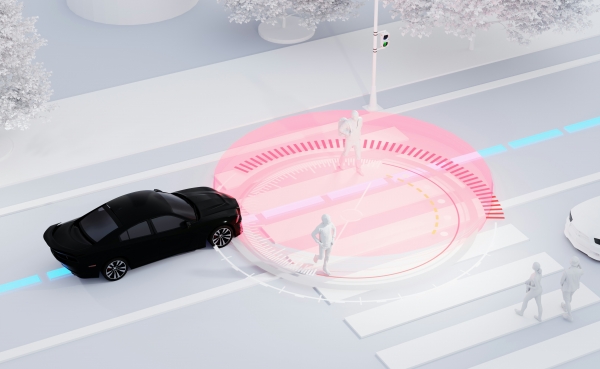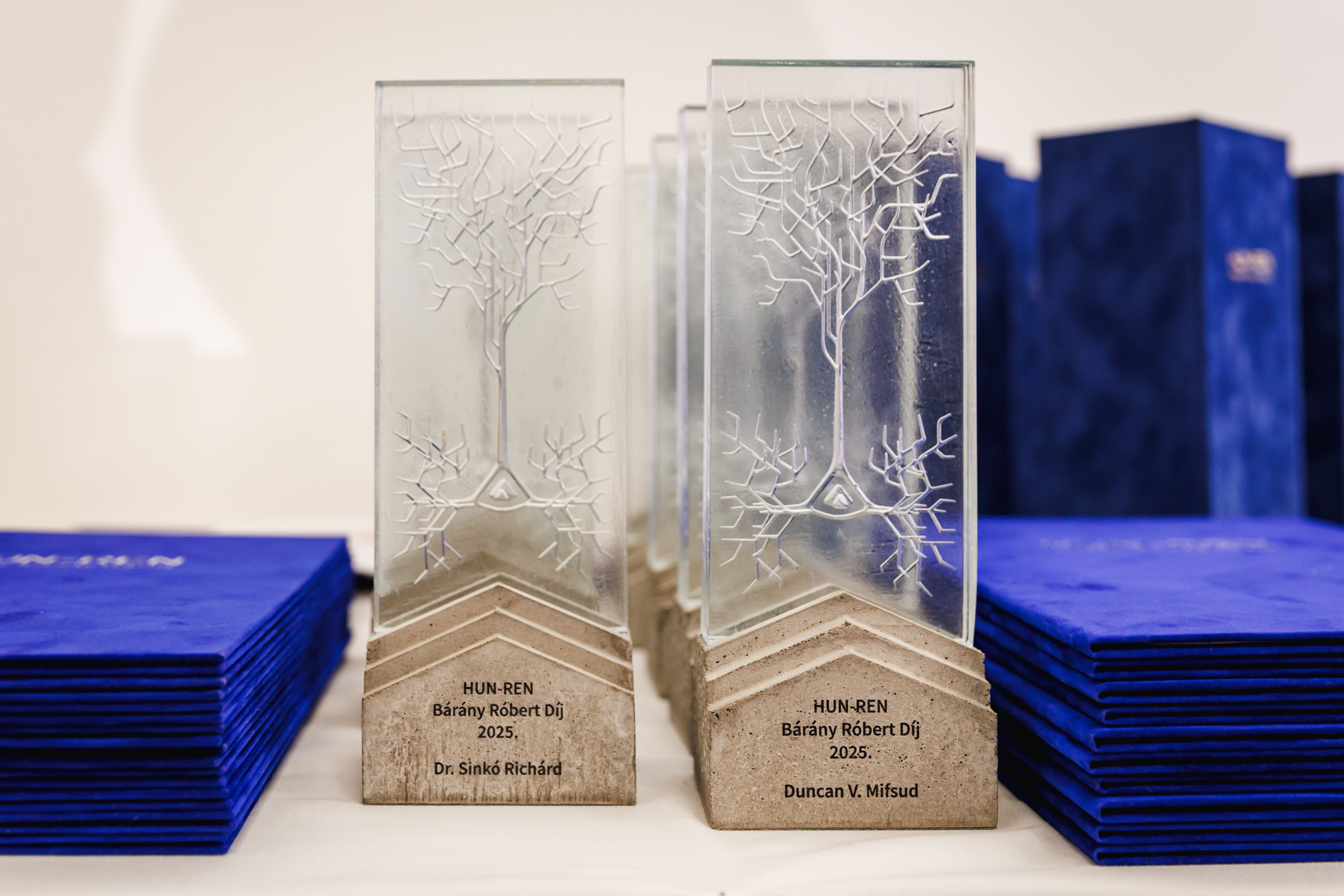Autonomous Vehicles for Safer Roads: How Technology Can Help Prevent Accidents
Millions of road accidents occur worldwide every year, and the vast majority—around 94%—are caused by human error. At the HUN-REN Institute for Computer Science and Control (HUN-REN SZTAKI), the Systems and Control Lab (SCL) is working in partnership with leading global technology and engineering companies to develop vehicles capable of anticipating risks and responding rapidly.
The main causes of accidents include driver distraction, poor decision-making, and delayed reactions to sudden hazards. In addition to collisions and pedestrian incidents, these factors also contribute to traffic congestion, fuel waste, and delays, according to researchers at HUN-REN SZTAKI.
The lab focuses on addressing real-world traffic challenges by developing artificial intelligence-based control algorithms that enable autonomous vehicles to better predict, respond, and learn in complex environments.

“Autonomous vehicles must be able to navigate a world still populated by human drivers and unpredictable situations. Our aim is to develop models that enable self-driving cars to make safer decisions on the road,” explains Péter Gáspár, Head of the Systems and Control Lab.
At the lab, researchers simulate and model scenarios that would be too dangerous—or simply impossible—to test in real life. Consider the challenge of teaching an autonomous vehicle how to respond to a pedestrian suddenly stepping into the road—for example, a child darting out from behind a parked bus. This is where SCL’s specialised test environment, the AI MotionLab, comes into play. Here, models that have already proven effective in theory and computer simulations are tested using virtual reality (VR), augmented reality (AR), and mixed reality (MR) applications.

